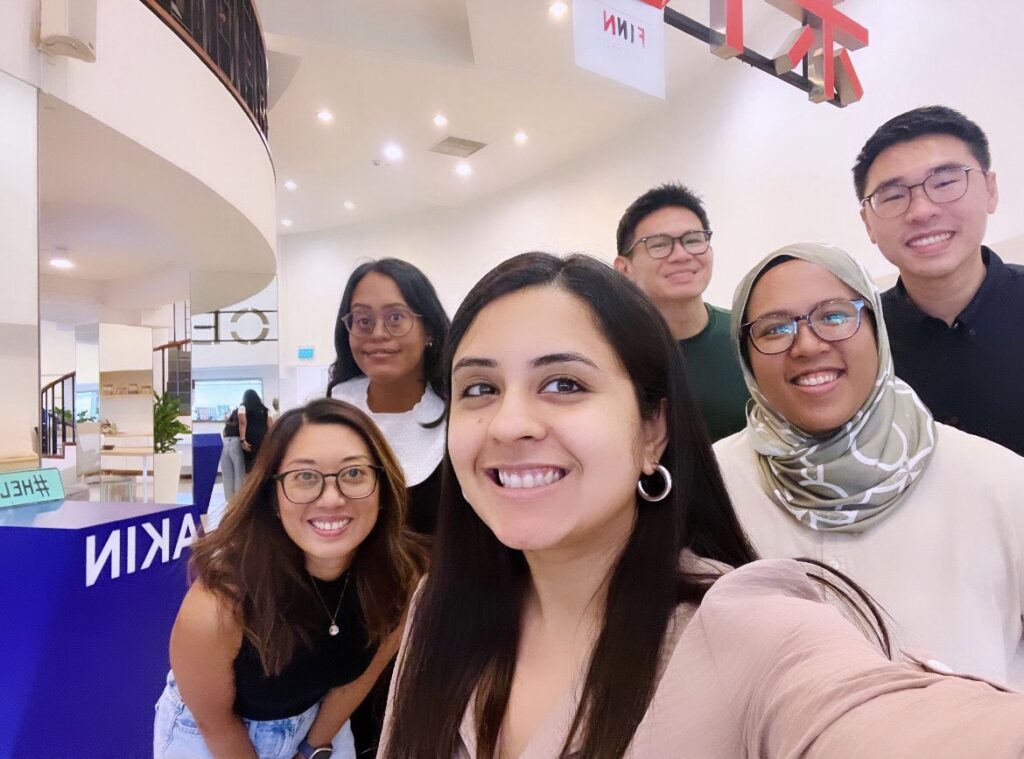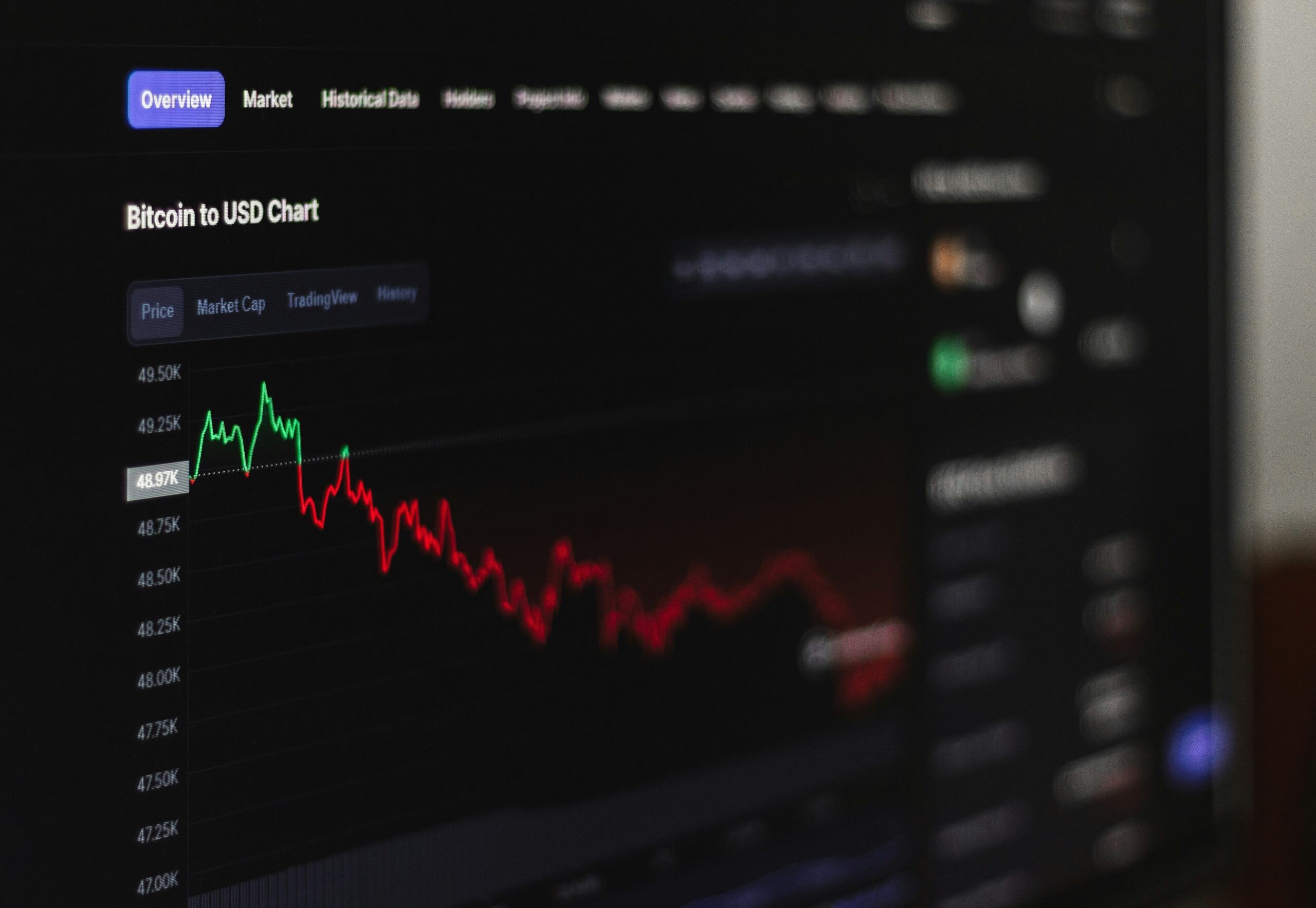For global brands, Asia Pacific is one of the most promising – and most challenging – media markets in the world.
It’s a region of enormous opportunity, but also of complexity: fast-moving news cycles, fragmented platforms and stark contrasts between markets.
To break through, global messages can’t be copy-pasted. They must be translated – not just in language, but in tone, timing and cultural nuance.
The challenge:
Asia is the fastest-growing region for global business. Yet many organisations underestimate its media diversity.
Treating APAC as a single market leads to missed opportunities, diluted impact and at times, reputational setbacks. Success depends on respecting the sharp contrasts between countries.
Zoom in:
- Singapore, Hong Kong, Japan: Professional, business-focused media with a preference for well-prepared, fact-based statements; relationships and trust matter. In Hong Kong, however, media freedom has tightened under new national security laws. In Japan, hierarchy and seniority shape interactions, and outreach often needs to go through proper channels.
- China: Heavily regulated environment; state influence on editorial direction; sensitivity to political topics.
- India: Highly competitive and fast-paced media market; blend of sensationalism and serious business reporting; journalists often expect rapid responses and exclusive hooks, similar to Australia.
- South Korea: Media is modern and tech-savvy, with strong digital and mobile penetration; stories tied to technology, innovation, and global business resonate, but cultural etiquette and deference are expected in interactions.
- Southeast Asia (e.g., Indonesia, Malaysia, Thailand): Media may be more relationship-oriented, with varying degrees of press freedom; cultural sensitivity and local language adaptation are important.
Why it matters:
The differences are instrumental on whether your story runs, resonates, or gets rejected.
That’s why understanding the nuances, ranging from Australia’s hard-hitting approach to Southeast Asia’s relationship-led style, is crucial for tailoring messaging and achieving the best outcomes in each market.
Honner in Asia: What we see, what we do
At Honner, we work with clients every day to navigate the nuances of Asia’s media.
Honner’s remit for several clients includes their Asia Pacific practices and we turn complex global messaging into stories that resonate locally.
In response to demand from both local and global clients, Honner joined forces with former long-time markets and finance Editor at Bloomberg News Darren Boey , and experienced consultant Maybelyne Ng , to provide on the ground support to clients wanting to expand their remit into key Asia markets.
Based in Hong Kong, Darren and Maybelyne act as an extension to Honner account teams, providing deep local market insights, media relations advice, contacts and on the ground support, as well as assisting with the development and localisation of content assets.










